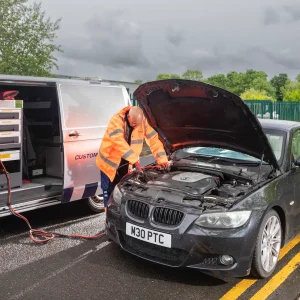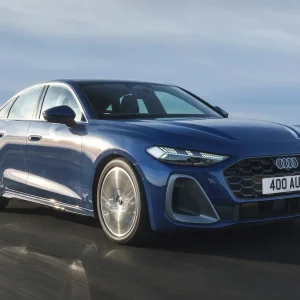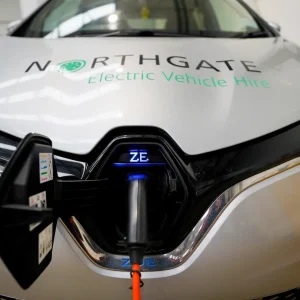BusinessCar’s focus on the different sectors of the fleet industry this time looks at the insurance market and answers 10 key questions involved in getting your fleet covered without it costing the earth. Paul Barker reports
5. Does driver training make a difference?
Driver education is a tricky area, with plenty of alternatives and no right answer across the board. But do the insurers think it’s worth taking the time to train your work drivers in general?
“We feel strongly that it does make a difference, and if a fleet can’t afford to train all their drivers, our recommendation is to target driver training,” says Mike Smith. “If a company is analysing accident figures they will know which ones have the most claims.”
Zurich’s Price calls driver training “the best thing an organisation can do,” but only if the right management systems are in place and, more importantly, only if the employees wants to change their behaviour. “With in-vehicle training, there are a few changes to start with, but within 12-18 months collision rates are back up to where they were before; the driver quite quickly reverts to type,” he says. “Once an organisation has got a strong road safety culture, which takes years not months, and drivers understand that they may not be the best, then it can work. Driver training has a place but later in the process rather than earlier. It’s another tool in the toolbox.”
But will it actually have an impact on insurance premiums? “Each insurer has its own approach. Like all things you want to see the proof in the pudding with a claims reduction,” says Smith. “If an insurer thinks you are doing much more in managing the fleet and is convinced claims will come down they can anticipate that.”
And there’s an additional aspect to driver training. “A good driver will also use less fuel and get longer life out of tyres and brakes and therefore reduce fleet running costs,” says Denness.
6. What impact does the type of vehicle have?
Obviously, there are implications attached to the vehicle choices fleets make. “Fleet costs can therefore be controlled by providing appropriate controls over the supply of vehicles to drivers. Why not limit drivers’ choice of fleet vehicles by engine size or a lower category of vehicle?” asks Swinton’s Denness.
The type of vehicle is especially important in smaller fleets, according to Smith. “With bigger fleets it’s more down to experience driving premium, but with smaller fleets the type of vehicle has more of an effect.”
7. What is the best way to modify driver behaviour?
This is what Zurich’s Andy Price calls “the $64,000 question”. He says the culture of the whole business is important. “Senior managers should be seen to be complying, and line managers, then it filters down to drivers. It takes a long time, there is no silver bullet.”
Mike Smith of Aviva agrees. “It comes from the culture of the company – you can’t change behaviour if the culture of the company isn’t risk management and safety orientated. It has to come from the top,” he declares. “But incentives and rewards for a clean accident-free year or a driver of the year can help influence.”
Swinton’s Al Denness recommends going even further than just rewards, pointing to the possibility of drivers paying the excess or even being hit with disciplinary proceedings if their driving is a repeated problem.
8. Should I fit speed limiters?
Mike Smith of Aviva says the lack of a legal requirement means the company wouldn’t impose limiters on customers, and the technology doesn’t address the issue of inappropriate velocity either in bad conditions or urban locations.
Zurich’s Andy Price has seen customers heading down the speed limiter route, albeit for more fuel saving reasons rather than risk management. He says a lot of customers are starting to go down that line with commercial vehicle products, but he predicts telematics “will be a bigger influence in the coming years”.
9. Is there a future for pay-as-you-drive insurance?
Interestingly, none of the four insurance giants we spoke to were willing to comment on any aspect of pay-as-you-drive insurance. Aviva had previously run a trial scheme in its former Norwich Union guise, but failed to attract enough volume to achieve critical mass and ended the pilot in 2008. But the Association of British Insurers doesn’t think that will be the end of it. “It’s something that will be looked at in the future. It’s something for each company to assess individually,” said an association spokesman. “Companies always want to ally premiums as closely as possible to use.”
10. Can insurance companies offer other services?
The key one is risk management. As around 75% of the premium cost is to cover claims, it’s in the interest of insurers to help their clients manage risk, and the big firms will have departments and specialists who will help customers manage their risk in order to reduce the number of accidents.
“Aviva has its own risk management service, provides advice and on-site assessment, and works with customers to help management of risk and the claims experience,” says Mike Smith. “Like anything, it needs customers who want to improve risk management and it doesn’t have to be expensive. It needs a bit of time and the support of management.”





